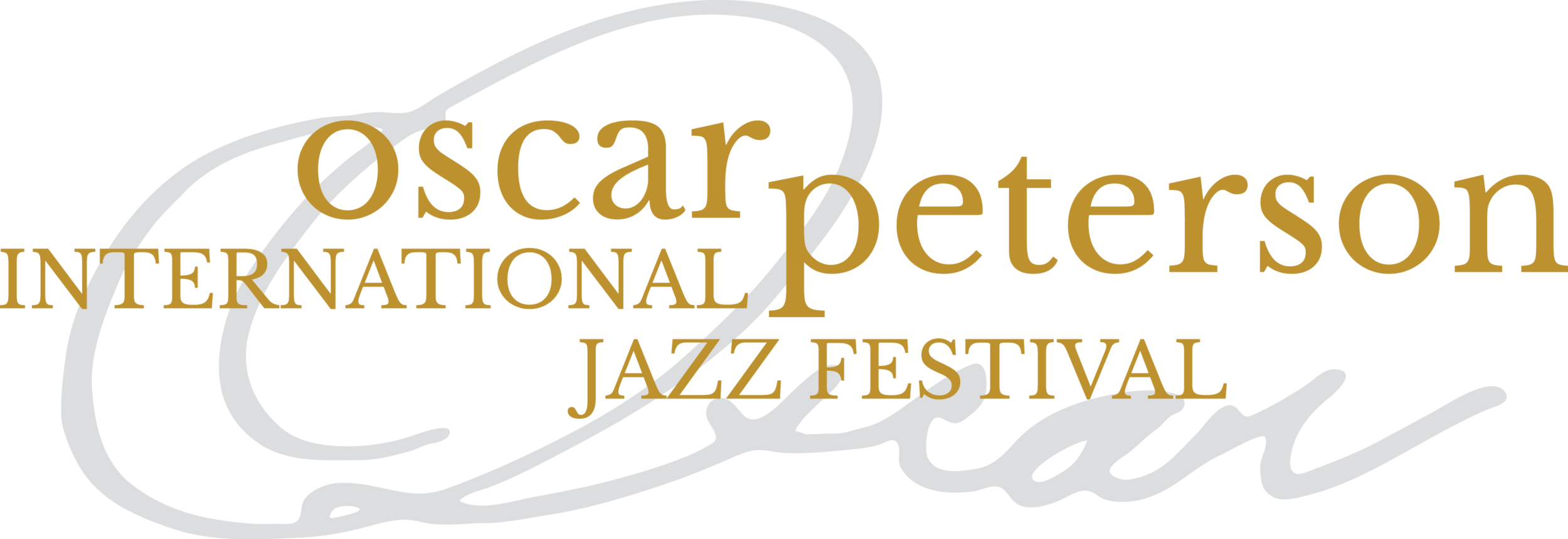Sonny Greenwich
There is no sound in Canadian jazz quite as distinctive as the sound of Sonny Greenwich’s guitar. His signature clear, compelling tone is matched by a powerful and lyrical style of improvisation, and was influenced by such masters as Charlie Parker, Sonny Rollins, Miles Davis and John Coltrane.
Born Herbert Lawrence Greenidge on January 1, 1936 in Hamilton, Ontario, he started playing the guitar as a teenager. First influenced by the music of Charlie Parker, and learning much of it by ear, he later cited opera singer Maria Callas, painter Paul Klee, and composers Ravel and Debussy as other key influences. His varied career has been marked by periods away from music, as well as by stylistic evolution. During the 1960s he played with saxophonists Hank Mobley, Charles Lloyd and John Handy, who likened Greenwich’s instrumental style to the saxophone, saying, “Sonny plays guitar like Coltrane plays his horn.”
Of his music, he once commented, “I play a wide range, from ballads to very fiery, very free pieces. It’s like an ocean – you have to have the two things, the storm and the calm that comes after…It’s music that has a spiritual basis to it, which is trying to make people feel good…a feeling of beauty I have, that I express so that someone else can feel it, trying to uplift them somehow.”
During the 1990s he formed the Sonny Greenwich Universal Language Band, which he envisioned as having changeable band members and instrumentation, intending it as a base from which stylistically varied projects would result. During the first decade of the 21 stcentury, Greenwich continued to evolve, composing, recording and performing with his band.
Appointed a Member of the Order of Canada in 2006, the nation’s highest civilian honor recognizes extraordinary Canadians and their achievements. Sonny Greenwich has forged a unique place in the history of Canadian jazz. It is our distinct pleasure to present him with the 2021 Canadian Jazz Master Award for his lifetime of artistic excellence.
Gil Evans
Gil Evans was one of the most important and innovative arrangers in jazz history. His luminous, original style, with its rich textures and harmonies, was instantly recognizable. He was one of the true architects of modern jazz. Born Ian Gilmore Ernest Green in Toronto, Ontario on May 13, 1912, Evans was mainly a self-taught musician who became interested in jazz at an early age, listening to recordings of the bands of Duke Ellington, Fletcher Henderson, and Louis Armstrong. Of Armstrong he said, “In every one of his three-minute records, there’s a magic moment somewhere. I learned how to handle a song from him. I learned to love music from him, because he loved music and he did everything with love and care.”
Evans became widely known through his partnership with Miles Davis, during which he wrote and arranged some of Davis’s greatest albums, including the landmark recording, Birth of the Cool.
Gil Evans’ unique instrumentation of the standard big band line-up with the addition of French horns and tuba became a trademark of his early years. The result was a broad, colorful sound palette which was unmistakably his. The influence of his work is felt in the arrangements of many great musicians past and present, from Gerry Mulligan and Herbie Hancock to Darcy James Argue and Maria Schneider, who was Evans’ protégé.
Gil Evans passed away on March 20, 1988, leaving an indelible mark on jazz history. An NEA Jazz Master, member of the DownBeat Hall of Fame, and the Canadian Music Hall of Fame, it is our tremendous privilege to acknowledge him as the recipient of the 2021 posthumously presented Canadian Jazz Master Award for his lifetime of artistic excellence.



